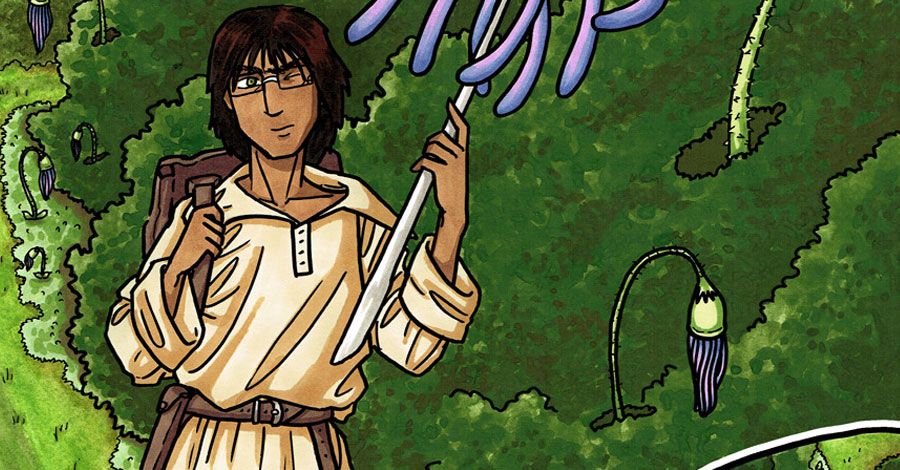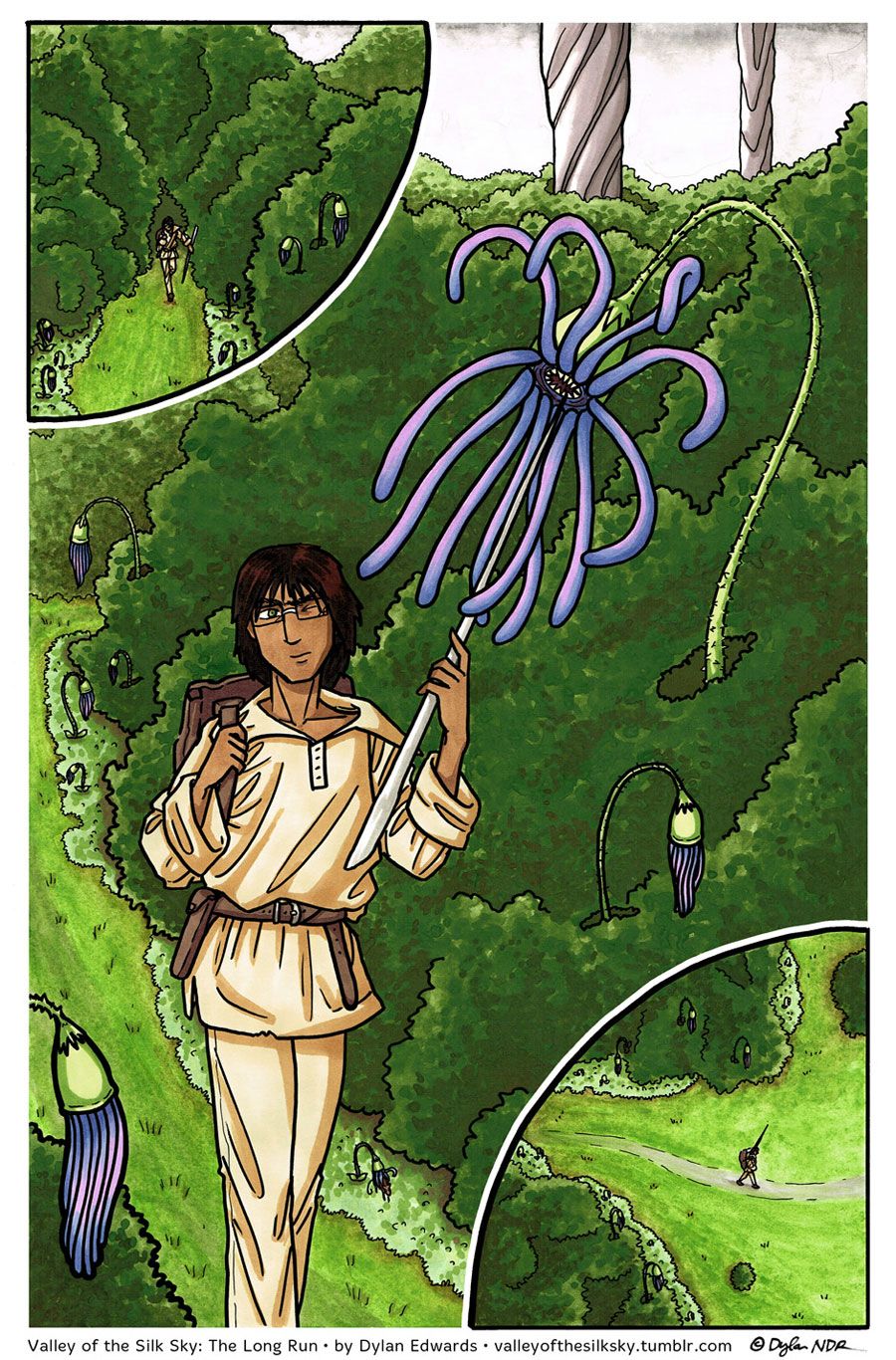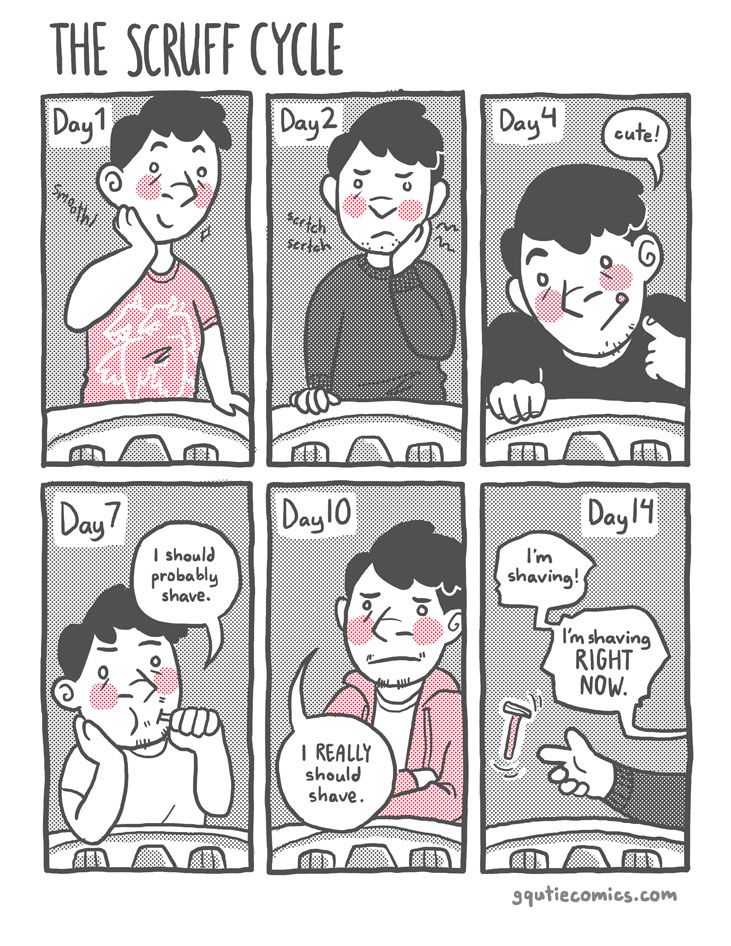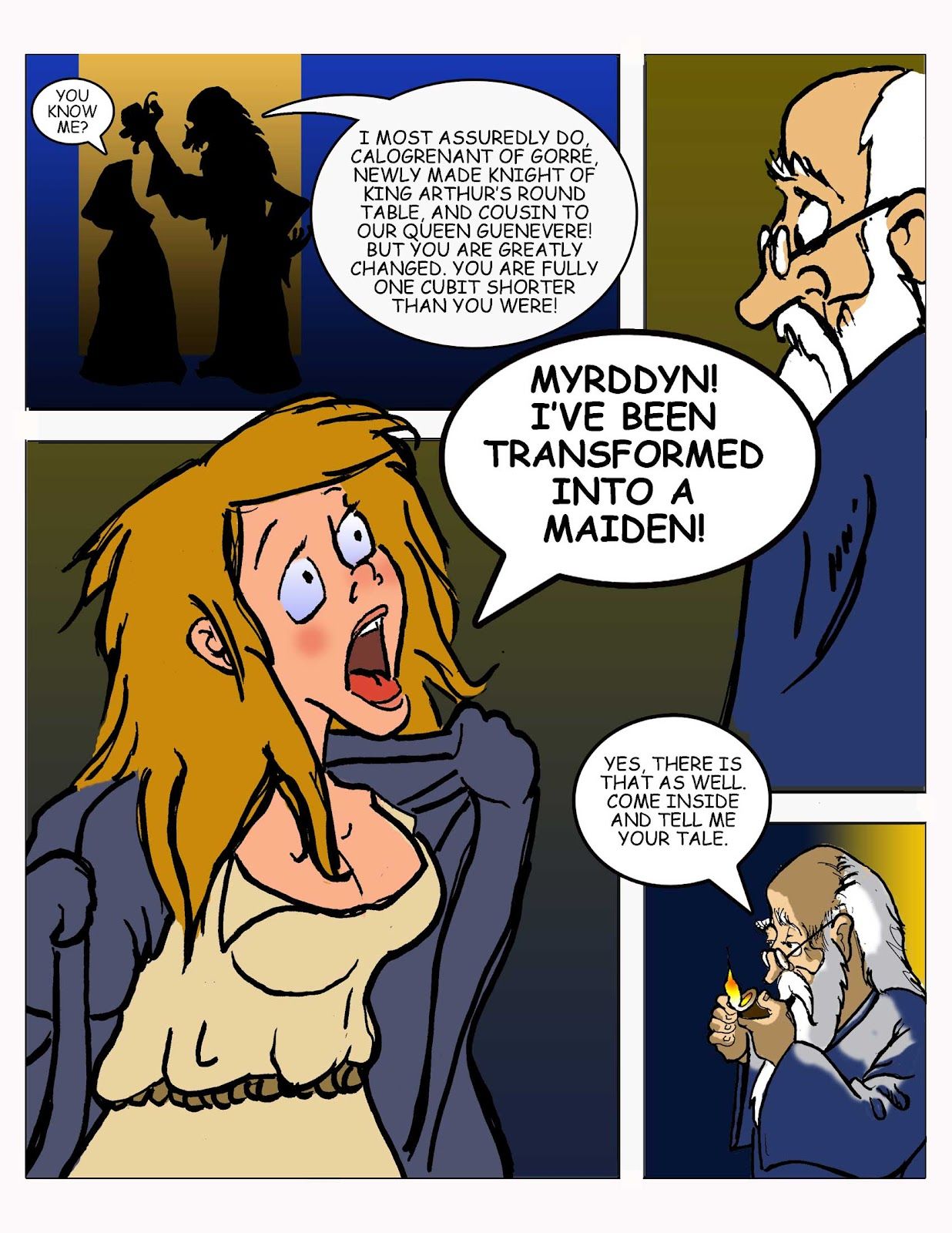At one point during the "Writing Transgender Characters" panel at Comic-Con International, illustrator and animator Kat Blaque mockingly described the stereotypical representation of trans people in popular media as a drinking game to be played while watching a documentary. "Take a drink every time they look in the mirror and cry," she said. "Take a drink every time they rip their wig off and smear their makeup."
The six creators on the panel, which was moderated by Tara Madison Avery of the Prism Comics board, went far beyond that stereotyped depiction, talking about how they wove their experiences and those of others into complex, interesting, non-gender-binary characters in a variety of settings. One of the key points came when Avery asked the panel how they balance the demands of storytelling, which requires flawed characters, with the desire to "uplift the community" with positive portrayals of trans characters.
"I found that the easiest solution is to just have more than one trans character in a story," said Ronnie Ritchie, creator of the webcomic "Gqutie." The audience applauded, and Ritchie continued. "What happens when you play into the trope of an isolated trans character is that they have the weight of the entirety of the trans community on their shoulders, and they might not even know, in theory, what they are holding inside of them in terms of transphobia or trans misogyny until they meet more of the community and basically are called out on it and learn."
Blaque expressed her wholehearted agreement. "Honestly, any time there is any type of trans something, there is always some part of the community that doesn't like it. I think that's very much because we are not a monolith. There are so many ways people come into trans-ness, there are so many different paths in lives, there are so many experiences, there are so many stories that aren't told, so many stories that aren't heard. One person's perfect trans representation -- Caitlyn Jenner is a great example -- a lot of people are happy about Caitlyn Jenner, and I am too, but that's a story that doesn't reflect my experiences or so many people's experiences."
In the sci-fi webcomic "Valley of the Silk Sky," Dylan Edwards solved the problem by creating a genderless society. "I got a little overwhelmed by the idea of representing one of everybody," he said. "I could relax a bit without having to have this character be the spokesperson for fem binary identified trans woman but make sure also to have one of every single gradation of anything we could possibly conceive of."
"I want to look at any story first and foremost as a human story," said Gillian Cameron, creator of "Calogrenant," a story based on an Arthurian legend about a knight who becomes a woman. The lead character in that story is a trained warrior who must learn to move away from the violence that was an essential part of her upbringing. "The question is, I think more than anything else, the individual," Cameron said. "How do we deal with the growth and coming into oneself and discovery of the individual?"
Each of the panelists spoke a bit about their own unique representation of trans, nonbinary, or genderqueer culture, starting with Edwards' genderless society in "Valley of the Silk Sky." "It's not an issues book," he said. "It's not like the characters are coming out as queer, but in a sci-fi universe, you can use sci-fi to do basically whatever you want, so I built this society from the ground up. It's an agender society; everybody has gender-neutral pronouns, regardless of your body parts. That has no determination for anything in your life." There are no gender preconceptions ("You have boobs, you can't do math"), and individuals in this world can choose to change their gender expression: "From birth they are like, 'Oh, we will let you figure out what you need your body to be,'" Edwards explained.
Avery asked Ritchie to what sort of misconceptions about genderqueer people need to be addressed. "I would say the thing that needs to be cleared up the most is the idea that a person that is genderqueer or nonbinary has to look entirely androgynous in order to be recognized for their gender," Ritchie replied. "In many ways, that is a continuation of the fallacy of passing, that a trans person, in order to have their gender recognized, has to express their gender in a very specific, very restricted way. I think the best way to counter that is to just not ever assume anyone's gender. Someone may speak, may look, may walk in a way that is indicative of what you have associated with a gender, but they may not be the gender that you think they are, so it is a good everyday practice to slowly start breaking down those ideas."
Ritchie compared the experience of being misgendered to water torture. "The one event of one misgendering is not that big of a deal. If a person is corrected they may get all up in arms and say I'm so sorry and apologize profusely but it's not really that big a deal. The thing is that it happens over and over and over and over and over again, and it becomes a slow wearing away, basically, and it becomes a factor in multiple other factors. It becomes part of the psyche."
Knave Murdok, who incorporates a lot of geek culture into Trans Cat, spoke of escaping into role-playing games such as "Street Fighter" ("I was always Chun-Li. I was an excellent Chun-Li.") and drawing on a real-life experience at a comic con for one Trans Cat story. "The villain in that story is based off a real life experience I had coming across a guy who was not even trying to hide the fact that he was taking upskirt photos of cosplayers as they passed by... In the story, they have a very 'Street Fighter'-type battle that ends up with the camera breaking. In real life, me and my two buddies very nonchalantly strolled by as he had his camera on the ground trying to take an upskirt photos and I accidentally kicked it out of his hand. When he made a big stink about it, I said, 'Aw, sorry man, I guess you shouldn't have had your camera on the ground, huh?'"
Cameron explained the genesis of the main character in "Calogrenant." "Calogrenant shows up in many of the Arthurian romances and is usually kind of second fiddle to Sir Gawain or Sir Lancelot and not a particularly competent knight. I happened to come across a snippet from a 13th Century romance, 'Claris et Laris,' that had been translated into English that by a British academic by the name of Helen Nicholson. This was just a few pages long, part of a longer romance in which Calogrenant goes into a castle, sees a beautiful maiden there, and then is transformed into that maiden, and then has to spend the rest of the romance trying to find the three best knights in the world in order to be transitioned back."
Cameron was struck by the story and decided to dispense with the transition back to male, instead choosing to explore how becoming a woman changed Calogrenant's life. "The question I wanted to deal with is, what happens when your wish comes true. But also, what happens if you've spent the better part of your life training for a particular thing, and now you're not even too sure that you can hold on to that thing." For Calogrenant, the question is, can she continue to be a knight, a post she trained for all her life, now that she is a woman? "I don't mean this to be as political as much as I want it to be an evocation of the two things that are very, very important to me," Cameron said. "One as a trans woman, to write a positive story with a very positive, strong character who is not a victim and will not allow herself to be a victim, but also I've been playing with Arthurian legend -- 'Sir Lancelot' came on right after 'The Mickey Mouse Club.' That's how far back it goes."
Chris Bergoch spoke about his film "Tangerine," which features two transgender women playing trans characters. "We all wanted to make a movie we could be proud of and write, not necessarily a transgender character, but a strong female character," he said. "Our approach was, 'Let's just tell a story we can all relate to as humans' -- about a woman scorned, basically. Who hasn't head a broken heart, right?"
Blaque spoke eloquently to the point of all this when Avery asked her about the resemblance between her work and children's illustration. "One of the things that I'm dealing with right now is the fact that I really never had that trans representation when I was a kid, so I had to go through so much of my life looking for it and maybe not finding it in the most healthy places," she said. "As a children's illustrator today, in 2015, I think I am finally ready to be able to make some stuff that is about trans stuff because I avoided it for the longest time. I think that one of the responsibilities I have as a woman, as a black woman, as a trans woman, is to curve that representation. I think one of the most powerful things we can do as artists is create and cultivate our own representation. I want to be able to have some stuff that trans kid look at and say, 'Oh, maybe that's me.' Maybe they won't have to go through that discovery that I had to go through, that wasn't the most healthy way to go about it, because I think a lot of people, we don't see ourselves reflected and I think a lot of us, the moment that we actually really saw it, we got it, and we were like, 'This is who I am,' and our lives were a little easier. Maybe that changed over time, how we felt at first is not how we ended up being, but it was all part of that cog that made us go toward that point. So I'd like to be able to do that."




